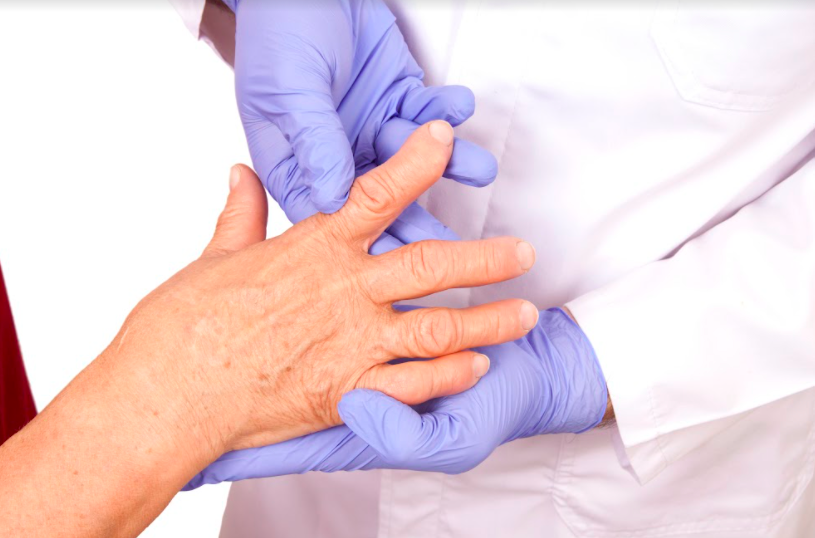

What are the causes of and treatments for deformed fingers?
Besides being a troubling sight, having fingers that are crooked, bent, painful or stiff can make many mundane activities a frustrating challenge — deformed fingers can make it hard, or even impossible, to open a can, tie shoelaces or even write.
Follow us on Telegram for the latest updates: https://t.me/AsiaMDsg
Ahead, we share the top reasons for the development of common hand deformities and the treatments available to alleviate pain, restore aesthetics and finger function.
Common causes of deformed fingers
The causes of twisted, “stuck” and painful fingers tend to fall under three categories:
1. Injury
Left untreated, physical impact, deep cuts and serious injuries to joints, tendons or bones could result in long-lasting deformities and loss of dexterity.
Falls, forceful bends and sudden bumps, such as those which arise from playing sports may lead to mallet finger and Boutonnière deformities. Complex cases can also present as a combination of deformities. These conditions can prevent fingers from straightening.
Overuse and strain could also cause tendinitis (inflammation of tendons), giving rise to conditions like trigger finger and thumb, where fingers are not able to extend fully, or “clicks” and snaps while bending.
2. Inflammatory and auto-immune conditions
Beside injuries, autoimmune arthropathy (also known as autoimmune arthritis) are other common causes of finger deformities.
Conditions like autoimmune arthropathy often stem from immune disorders that cause one’s protective system to attack one’s own cells. Finger joints that are affected and inflamed could start to twist and feel stiff and painful. One common form of autoimmune arthropathy that affects fingers is rheumatoid arthritis (RA).
Osteoarthritis (OA) occurs when the cartilage between joints wears down over time. Thus, this is more common after age 60 or after trauma (post-traumatic OA). However, other risk factors include obesity, as well as hobbies and jobs that require repetitive motions. According to the Health Promotion Board, one’s risk of getting OA may also increase if family members have the condition. Although the actual link has not been established in Singapore, it is thought that this could be due to obesity or inherited joint defects that run in the family. Obesity has a greater effect on weight-bearing joints like knees and hips.
3. Ageing
The degenerative effects of ageing can cause bony growths to appear and cartilage to wear off unevenly, making fingers seem crooked. Muscle and ligament contractures could further change the appearance of fingers, enhancing deformities or contributing to them.
Seeking treatment for deformed fingers
Finger deformities usually worsen over months, even years. Thus, gradual changes in the appearance of one’s fingers may go unnoticed for some time. However, pain and loss of function are some early warning signs, and doctors recommend seeking treatment if the pain or loss of function persists more than three weeks.
Treatment options for deformed fingers
Once a diagnosis has been made, treatment may include medication such as anti-inflammatory drugs or painkillers, occupational therapy, splinting and surgery as required.
While early treatment for all hand ailments is recommended to prevent or slow the progression of deformities, success varies to different degrees. Surgery will not cure arthritis but may improve joint function. Similarly, surgery for deformities may lessen the pain but may not be able to get fingers to straighten completely.
This article has been verified medically by Dr Tan Ter Chyan, hand surgeon at Hand Surgery Associates, Mount Elizabeth Novena Specialist Centre (Singapore).



0 Comments